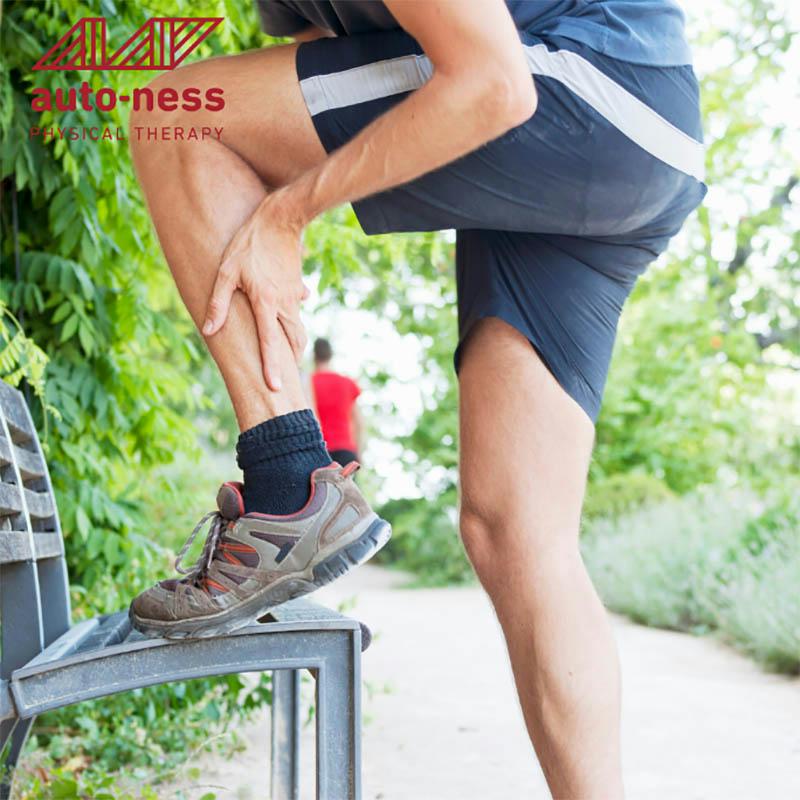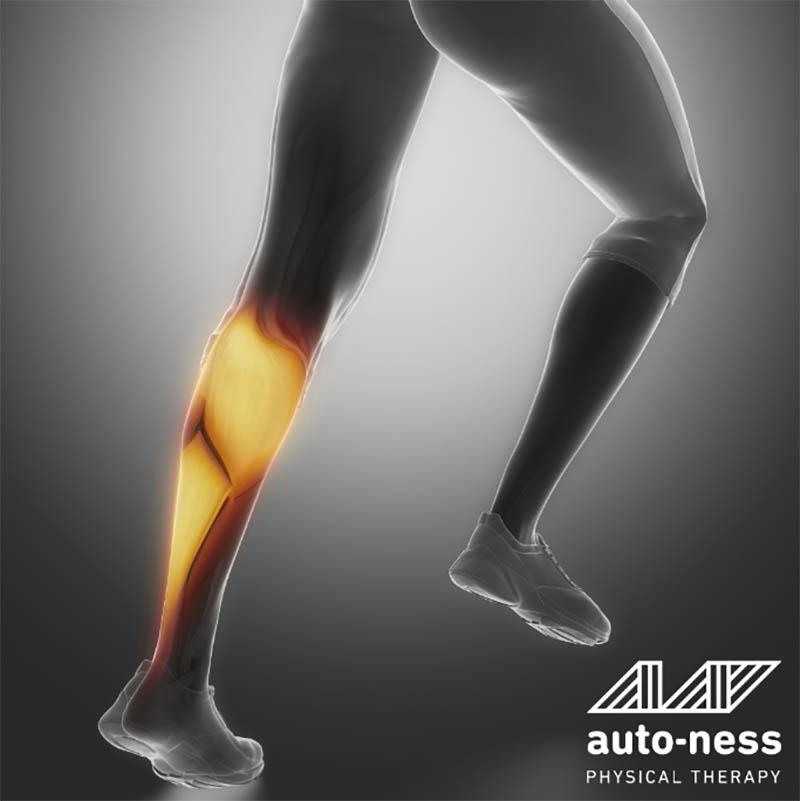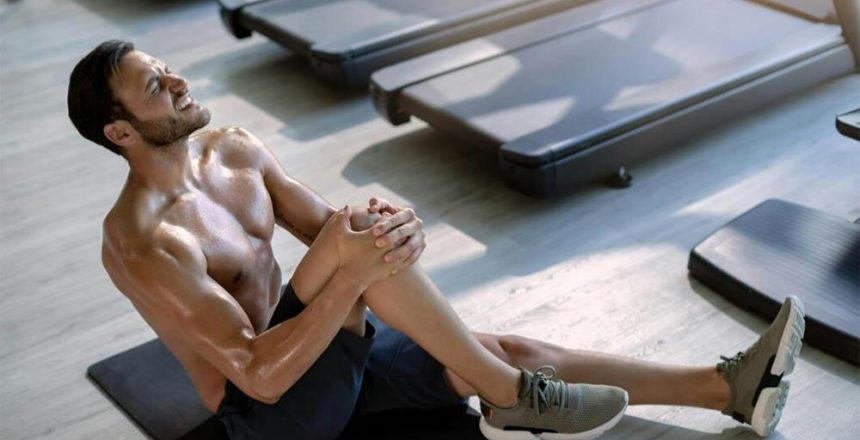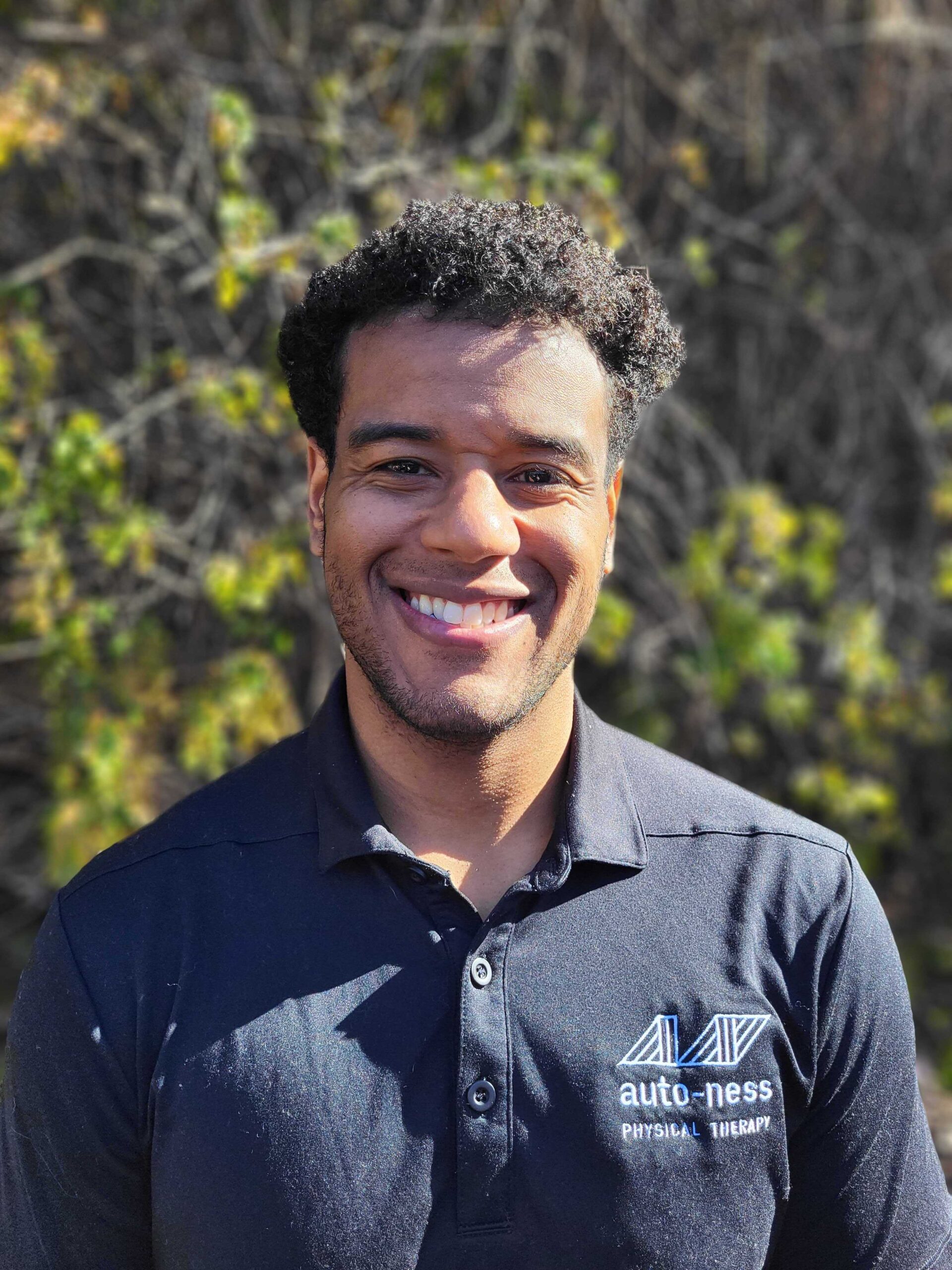Introduction
Why Every Step Counts: Understanding the Achilles Tendon
If you’re an aging runner, your Achilles tendon is demanding more of your attention. As our bodies mature, our tendons lose some of their flexibility and resilience, making them more susceptible to injuries. In the realm of San Diego sports medicine physical therapy, the Achilles tendon is a frequent point of discussion. Let’s unravel the complexities of Achilles tendon health.
Decoding the Achilles Tendon: An Overview
Common symptoms of Achilles tendon issues include pain, stiffness, or swelling near the heel. Contributing factors often include overuse, inappropriate footwear, and poor running form.
Quick Tip: For immediate relief, a regimen of rest and ice is often recommended. However, if symptoms persist, it’s crucial to consult a healthcare provider.
The Cornerstone of Recovery
Multiple studies suggest that physical therapy can be an effective treatment option for Achilles tendon injuries. Physical therapists typically employ targeted exercises designed to improve tendon strength and flexibility.
Pro Trick: Eccentric heel drops and calf stretches are great additions to your routine for Achilles tendon health. If you’re looking for a “PT near me,” you might want to explore clinics specializing in sports recovery in San Diego.
The Indispensable Role of Professional Help

While there are numerous home remedies and online tutorials, professional healthcare services like physical therapy often offer the most effective and individualized treatment plans.
Actionable Advice: If home remedies haven’t improved your condition, consider seeking San Diego sports medicine physical therapy services for a more tailored treatment plan.
Importance of Timely Diagnosis
An early diagnosis not only leads to quicker recovery but can also prevent complications that may require surgical intervention.
Quick Tip: Take note of early warning signs, such as heel stiffness in the morning or activity-induced pain, and act promptly.
The Uphill Task: Gaining Strength and Flexibility
Physical therapists often recommend a balanced regimen of strength training and flexibility exercises for optimal Achilles tendon health.
Pro Trick: A physical therapist can craft a personalized exercise plan that targets your specific weak points, thus preventing future issues.
The Finishing Touch: Managing Pain
Managing pain effectively is an essential part of the sports recovery process. Common techniques include ice packs, elevation, and, in some cases, anti-inflammatory medication.
Quick Tip: Ice the affected area immediately after experiencing pain to minimize inflammation.
Running the Long Haul: Preventive Measures

To avoid future episodes, consider a balanced exercise routine and proper footwear with adequate arch support and cushioning.
Pro Trick: Diversify your training to include activities that don’t stress the Achilles tendon, allowing it ample time to recover.
Conclusion
Wrapping it Up: Your Achilles Tendon Health Blueprint
Managing Achilles tendon issues doesn’t have to be a sprint; think of it more as a marathon. A balanced approach that includes timely medical intervention, a tailored exercise regimen, and preventive measures can go a long way.
What’s Next? Your Path to Recovery
If you’ve been asking yourself, “Where can I find PT near me?” it might be time to consider a specialized approach. Physical therapy offers a robust and personalized treatment plan for Achilles tendon issues.
FAQs
Frequently Asked Questions
1. What are the signs of Achilles tendon issues?
· Common signs include heel pain, stiffness, and swelling.
2. Can physical therapy help?
· Yes, physical therapy is often recommended for treating Achilles tendon issues.
3. How long does recovery usually take?
· Recovery time can vary but early diagnosis often leads to faster recovery.
4. Does footwear matter?
· Yes, the right footwear can make a significant difference.


